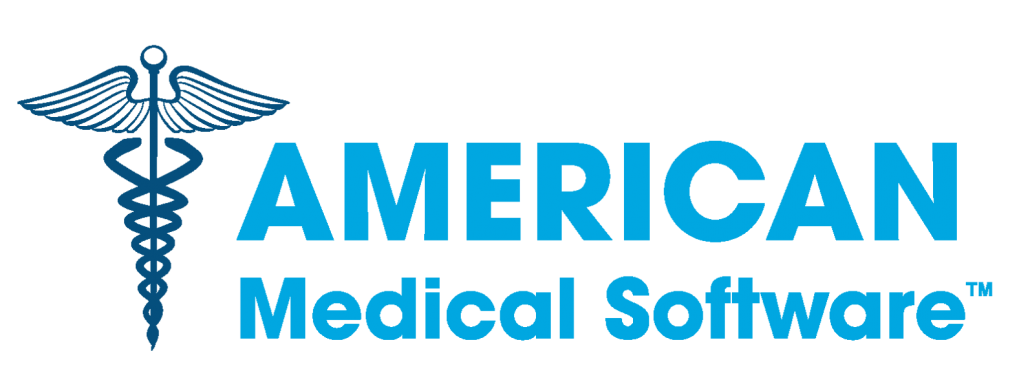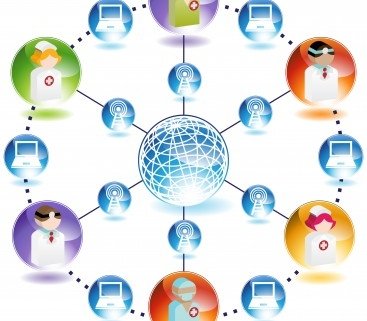The Era of Electronic Medical Records
Twenty years ago the influential Institute of Medicine began prodding the medical community to embrace electronic medical records. EMRs would make healthcare better, safer, and more efficient, argued the IOM, if every person’s complete medical history was stored on computers linked up across the country. Clinicians anywhere could view a patient’s every blood test, hospital stay, and X-ray; smart software would guide diagnoses. In hospitals, prescribed drugs and doses would be computer-vetted against each patient to forestall life-threatening medication errors. The medical community’s general reaction: great idea, but difficult and expensive. As the years passed, hospitals did gradually adopt “computerized physician order entry” for prescriptions, but otherwise marriages between computers and healthcare largely took place in billing departments and other back offices.
That is now changing—quickly. Hospitals have come to appreciate the value of collecting and analyzing data that help them understand where and how often things go wrong, sometimes dangerously but more often wastefully. And the federal government, aided by provisions in the health reform law, is waving a financial stick in one hand and dangling a carrot in the other to punish or reward doctors and hospitals that variously resist or embrace health information technology. The Department of Health and Human Services is offering financial incentives to hospitals and doctors’ practices that can achieve what it calls “meaningful use” of electronic records by certain dates. Providers who fall behind in achieving meaningful use will eventually receive lower reimbursement rates for treating Medicare patients.
At last, the connectedness era is approaching. It’s still not easy, and it’s still costly. Entering test results, creating a progress timeline for a patient, and throwing away the prescription pad are newly required skills, and burdens in the short run, for harried doctors who may have neither the money to afford the new technology nor the time to learn how to use it. And while some healthcare professionals swear that EMRs help them provide better care, evidence to support that idea is limited.
At their best, EMRs (also abbreviated EHR, for electronic health records) pull together all of a patient’s information, from the results of the last routine checkup with her primary care doctor to CT scans from her emergency hospital admission because of a fall she took while vacationing 500 miles from home, in one place that is secure but remotely accessible not only to physicians but to the patient herself. Sooner or later, doctors and patients alike will have to become reasonably well-versed in calling up personal data, understanding them, and adding to them. “Electronic records help your doctor capture and manage your health information,” says Jon White, director of health information technology for the federal Agency for Healthcare Research and Quality. “The promise is that they’re going to help us deliver better care with better outcomes. But you can’t just have an EMR—you have to learn to use the tools in the right way.”
Electronic record systems at some hospitals already provide up-to-date clinical information and decision support tools. ER doctors at the Cleveland Clinic Foundation, for example, can access recommended patient treatment plans that evidence has shown are appropriate for the majority of patients. Generalists and specialists at the Clinic collaborated to create the guides. “An ER doctor can pull up the stroke protocol, and it will very quickly guide them through what needs to be done” when a patient arrives with an apparent stroke, says internist C. Martin Harris, chairman of the Clinic’s information technology division. “It helps doctors assess the patient’s status and see exactly how the patient is performing. And this information is all available in real time.” Other tools, not just at the Clinic but nationwide, help hospitalists—specialists who oversee inpatients with widely ranging conditions and procedures—track team performance measures like infections, medical errors, and even handwashing compliance. Particular strengths and vulnerabilities quickly stand out to be emulated or corrected.
Electronic records should also enable specialists who see a patient to work more as a team. Over time, most patients see several specialists in addition to their primary care physician. Until now, each doctor has kept his own chart for each patient, leading to duplicate tests and time wasted by answering the same questions from different doctors. By giving all of a patient’s doctors access to one unified patient file, an EMR system wipes out longstanding bottlenecks in healthcare. There are no paper records that a patient’s primary care doctor might forget to send to the specialist she sees next, nor does the patient herself have to pick up her X-rays beforehand. The specialist calls everything up on his screen. “The patient doesn’t have to try to remember information, and the doctor doesn’t need to make the best decision he can based on what’s available,” says family physician Steven Waldren, director of the American Academy of Family Physicians’ Center for Health IT. “He can look at the patient’s record from the last 15 years.”
Source: www.health.usnews.com




Leave a Reply
Want to join the discussion?Feel free to contribute!